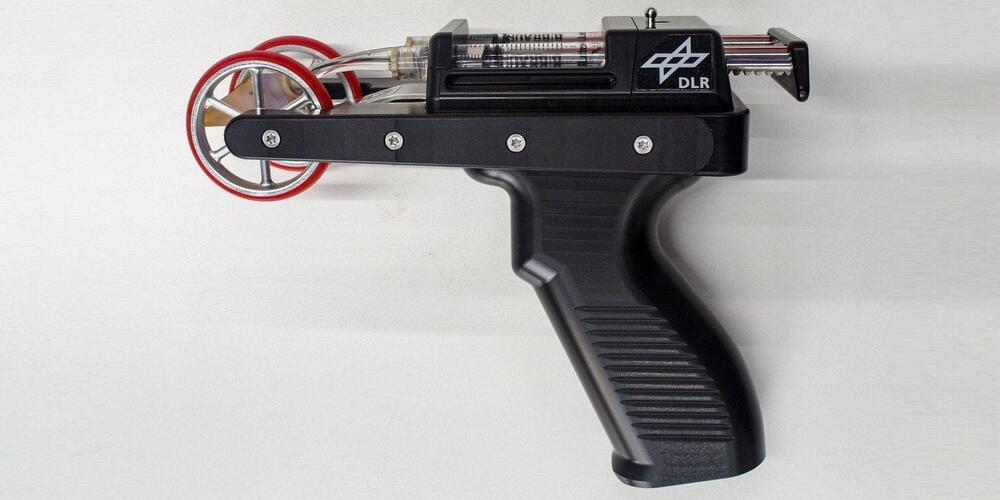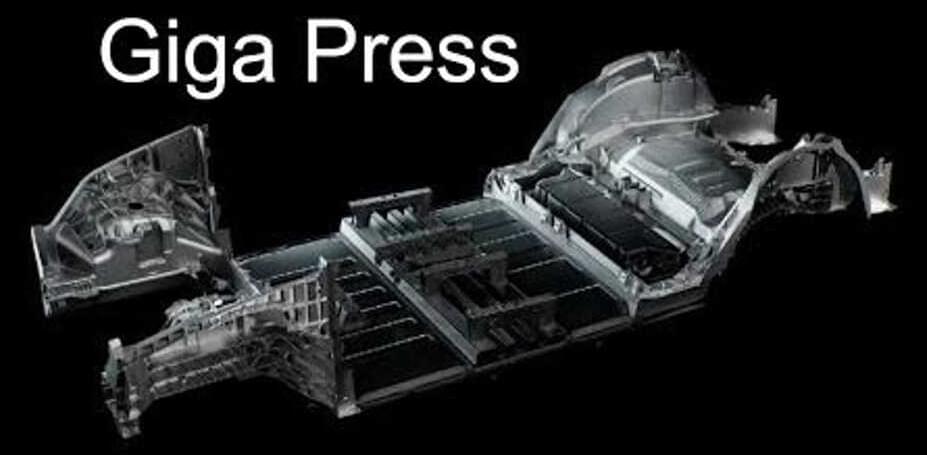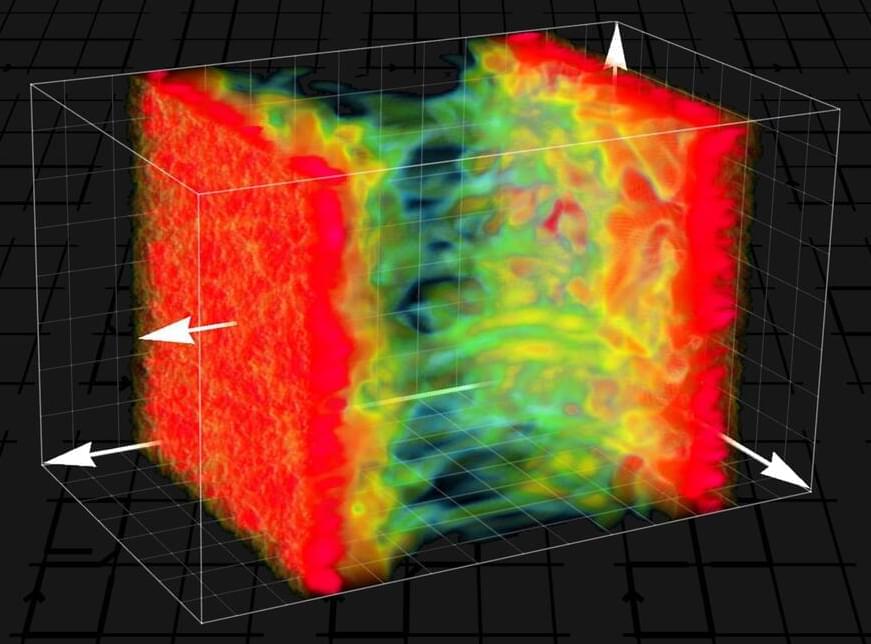NASA’s band-aid tool uses cells to heal in space.
NASA is testing a prototype device called Bioprint FirstAid Handheld Bioprinter — or Bioprint FirstAid — to heal injuries sustained in space.


Researchers from the University of Birmingham and the University of Huddersfield, UK, have developed a new 3D bioprinting technique that can be used to treat chronic wounds.
Named Suspended Layer Additive Manufacturing (SLAM), the approach enables the printing of a novel biomaterial that accurately simulates the structure of mammalian skin.
In fact, according to the researchers, the biomaterial is the first of its kind to simulate all three of the major layers found in skin – the hypodermis, the dermis, and the epidermis – making it a unique tri-layered skin equivalent. Early experiments suggest that the 3D bioprinted skin can be placed at the site of a wound to induce healing, reducing scar tissue in the process.

Using hundreds of computer simulations, the researchers found that the gravitational wave signals from GW150521 are best explained by a high-eccentricity, according to the statement.
The study also sheds new light on how some of the black hole mergers detected by the Laser Interferometer Gravitational-wave Observatory (LIGO) and its European counterpart, Virgo, are so much heavier than previously thought possible. Their findings were published Jan. 20 in the journal Nature Astronomy.

NIO and Xpeng supplier Guangdong Hongtu Technology (GHT) already produced a 6,800-ton die-casting machine. Now it has announced it will start developing a 12,000-ton casting machine in partnership with Tesla supplier LK Technology.
If you follow Tesla, you likely know that its “Giga Press” technology should work to make manufacturing more streamlined and efficient. Reportedly, Chinese EV makers, such as NIO and Xpeng, may be considering following suit. In fact, while NIO hasn’t made an official announcement related to the future use of a GHT machine, it has posted images of an ET5’s single-piece casting on its website.
Long a hub of geothermal power production, a forgotten backwater of Southern California known as the Salton Sea, is a bountiful reservoir of lithium, is being dubbed “Lithium Valley.” The silvery-white metal is now in huge demand as it is used in electric vehicle batteries. Ben Tracy reports.
Each weekday morning, “CBS Mornings co-hosts Gayle King, Tony Dokoupil and Nate Burleson bring you the latest breaking news, smart conversation and in-depth feature reporting. “CBS Mornings” airs weekdays at 7 a.m. on CBS and 8 a.m. ET on CBSN.
Watch CBSN live: http://cbsn.ws/1PlLpZ7c
Download the CBS News app: http://cbsn.ws/1Xb1WC8
Follow “CBS Mornings” on Instagram: https://bit.ly/3A13OqA
Like “CBS Mornings” on Facebook: https://bit.ly/3tpOx00
Follow “CBS Mornings” on Twitter: https://bit.ly/38QQp8B
Try Paramount+ free: https://bit.ly/2OiW1kZ
For video licensing inquiries, contact: [email protected]

A Lancaster physicist has proposed a radical solution to the question of how a charged particle, such as an electron, responded to its own electromagnetic field.
This question has challenged physicists for over 100 years but mathematical physicist Dr. Jonathan Gratus has suggested an alternative approach—published in the Journal of Physics A: Mathematical and Theoretical with controversial implications.
It is well established that if a point charge accelerates it produces electromagnetic radiation. This radiation has both energy and momentum, which must come from somewhere. It is usually assumed that they come from the energy and momentum of the charged particle, damping the motion.

It could hardly be more complicated: tiny particles whir around wildly with extremely high energy, countless interactions occur in the tangled mess of quantum particles, and this results in a state of matter known as “quark-gluon plasma”. Immediately after the Big Bang, the entire universe was in this state; today it is produced by high-energy atomic nucleus collisions, for example at CERN.
Such processes can only be studied using high-performance computers and highly complex computer simulations whose results are difficult to evaluate. Therefore, using artificial intelligence or machine learning for this purpose seems like an obvious idea. Ordinary machine-learning algorithms, however, are not suitable for this task. The mathematical properties of particle physics require a very special structure of neural networks. At TU Wien (Vienna), it has now been shown how neural networks can be successfully used for these challenging tasks in particle physics.


